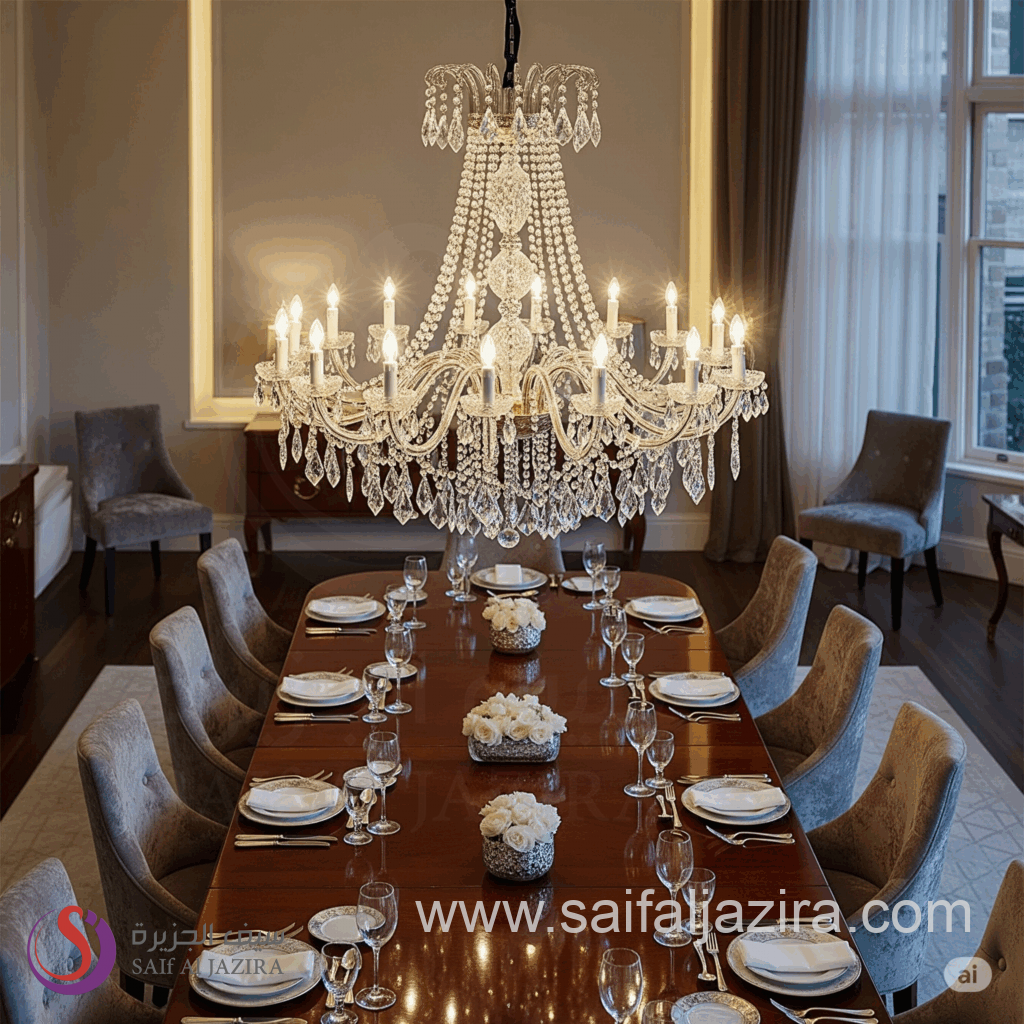The Chandelier: Your Lighting Star – How to Ensure Perfect Illumination
A chandelier is more than just a decorative piece; it’s the radiant star that instantly adds a touch of magic to any room, fundamentally transforming its look and feel. To achieve perfect lighting from your chandelier, you must consider several key factors: room size, ceiling height, and selecting the right bulbs. When these elements are in harmony, your chandelier will illuminate the space exactly as you envision!
Light Intensity and Hanging Height

Light Intensity: Will the chandelier provide sufficient light for the specific room? Areas like the dining room or living room, for example, will need stronger illumination than a bedroom. You certainly don’t want to be guessing what’s on your plate during dinner! Remember that the intensity of the lighting should correspond to the room’s size and the activities taking place there. Hanging Height: The chandelier should be hung high enough not to obstruct movement, but also low enough to properly illuminate the space. The ideal height above a dining table is 75–90 cm from the table’s surface. In a living room, the recommended clearance height (the distance from the bottom of the chandelier to the floor) is 220 cm.
Type and Temperature of Light
Type of Light Sources: Do you prefer LED, halogen, or traditional bulbs? LED technology is highly energy-efficient and offers a wide range of light color temperatures. Light Temperature (measured in Kelvin): This temperature significantly influences the room’s overall ambiance.
- Warm light (around 2700–3000K): Ideal for living rooms or bedrooms, creating a cozy and relaxing atmosphere that invites comfort.
- Cool light (above 5000K): Provides an energizing effect and is perfectly suited for workspaces like offices or kitchens, helping to enhance concentration.

